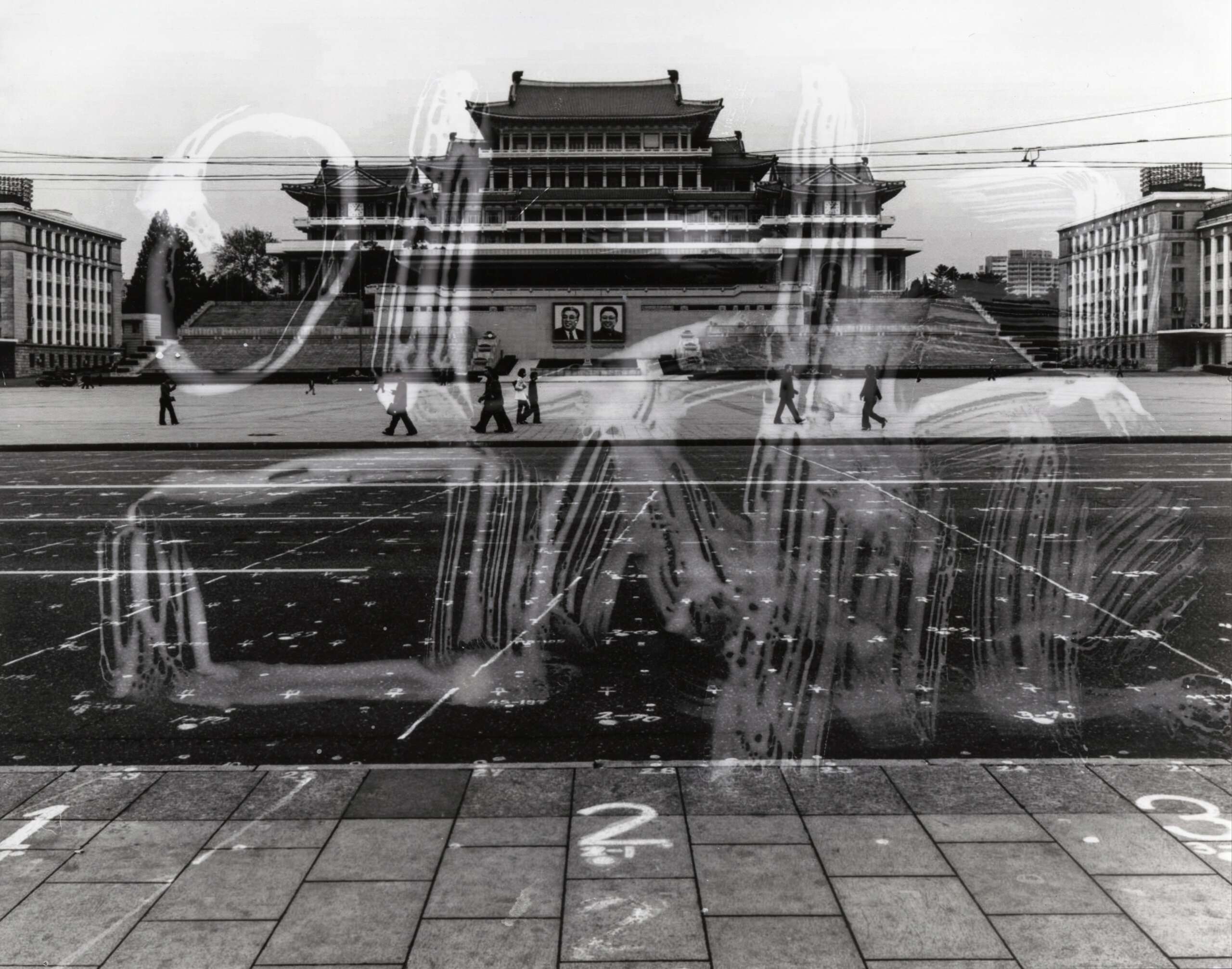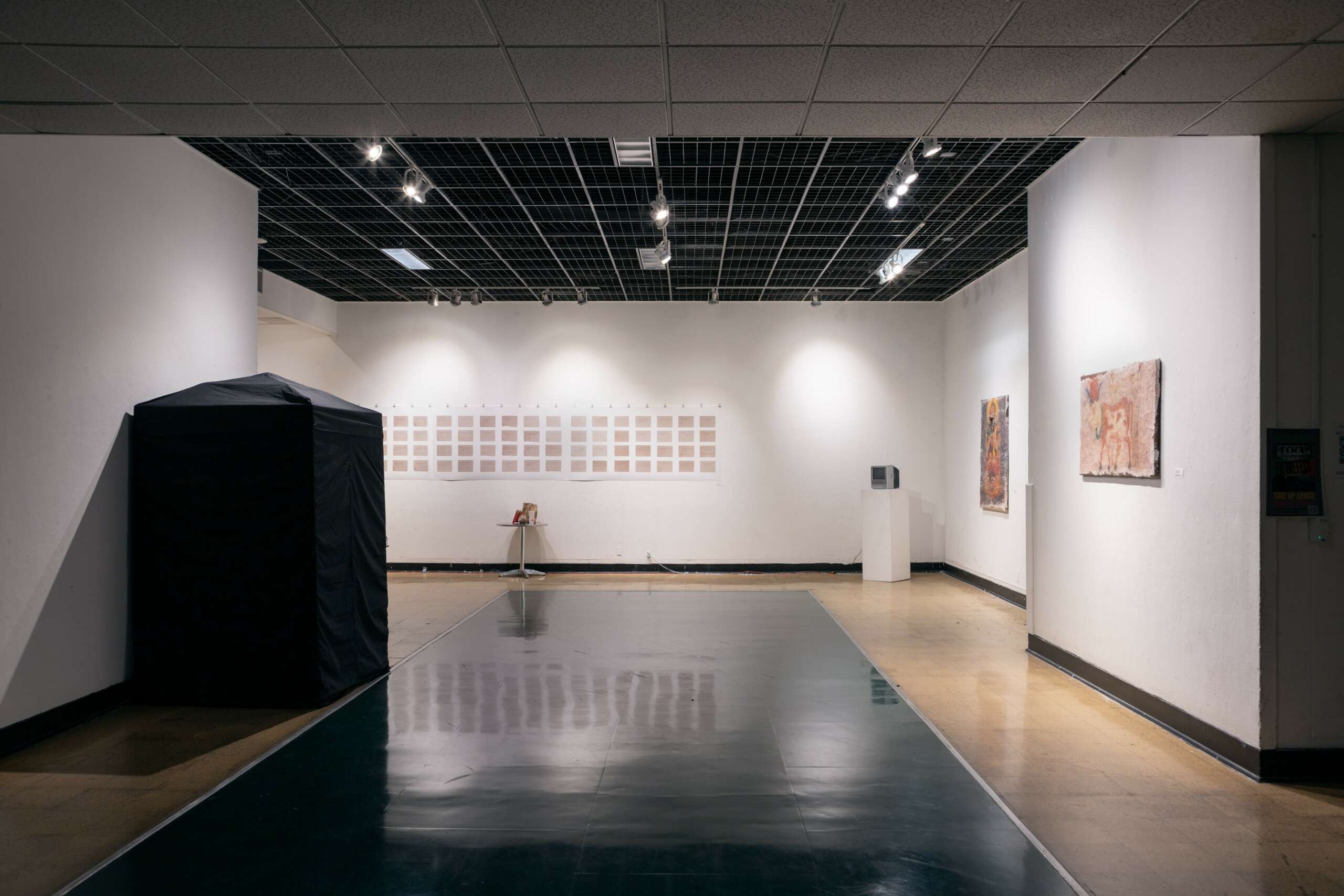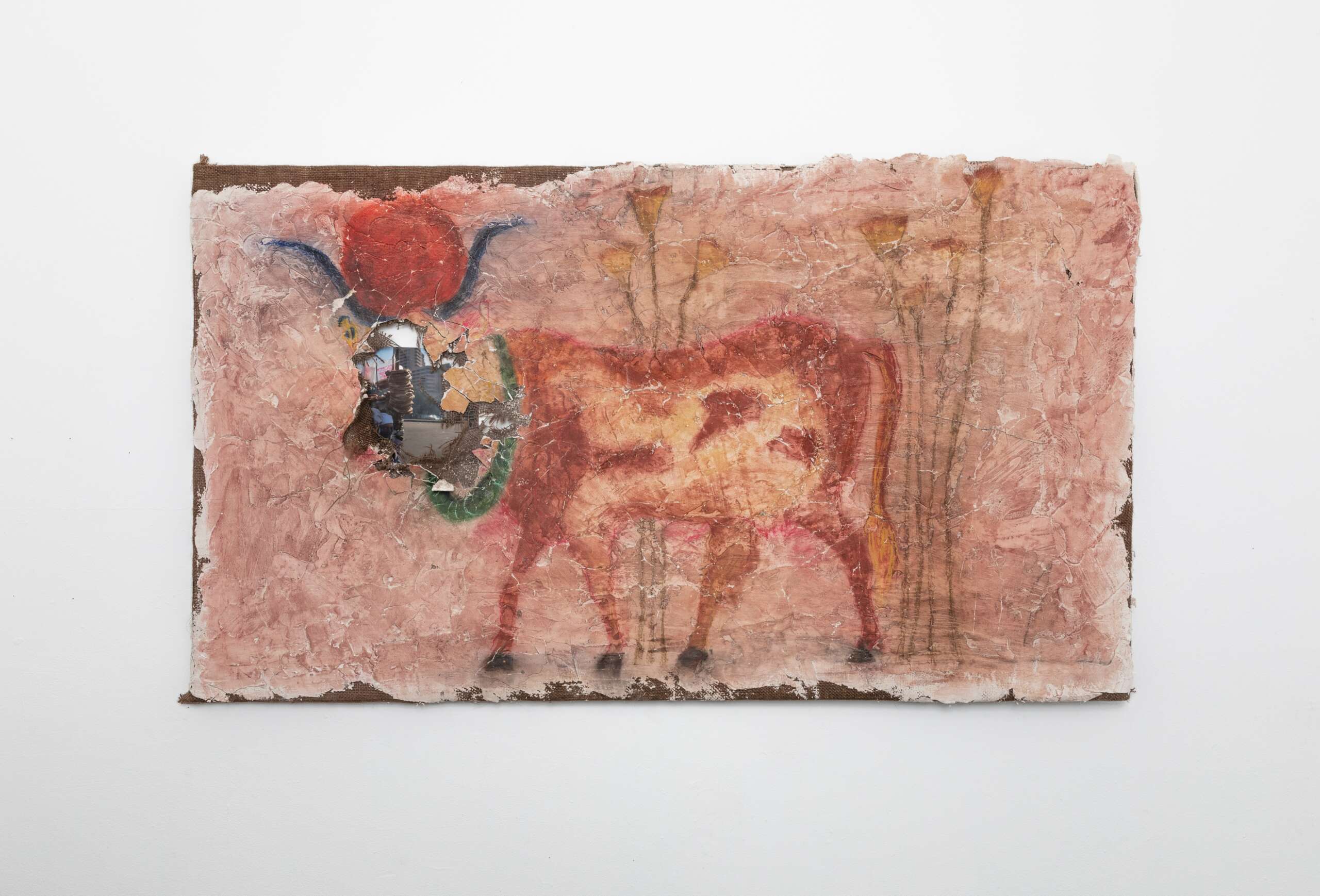We caught up with the brilliant and insightful Siqi Fan a few weeks ago and have shared our conversation below.
Hi Siqi , thanks for joining us today. What’s been the most meaningful project you’ve worked on?
“Bon appéit” is an important exhibition for me, and it took place from Feb.4, 2024, to Feb.10, 2024, in Santa Clarita, CA. It navigates the intricate junction of food, commodity, and culture, employing unique censorship to zoom in on the tension of a dilemma: the desire to be seen and the urge to withdraw from observation. The projects particularly focus on criticizing authority institutions from the symbolism of the food and kitchen god’s myth across diverse cultures and the metaphor of writing critical questions on the napkins.
“Per se or McDonald?” (2024) features a fast-food sculpture and questions on the napkins, mirroring the convergence of commodity, food, and art institute system in an instant content. The artist chooses the archival way of presenting these napkins. Taking photos of each napkin, printing them ¼ larger than the original piece, and editing them into a larger scale white background not only let the audience focus on the texture of handwriting on the napkins but also read and think these questions of art critique, institutions’ position, and consumerism, etc.
The centerpiece of ‘Bon Appétit’ is the ‘The Food God Series’, a project of three fresco paintings. The creation process involves the use of wood sticks, colored burlaps, plaster of Paris, and fresco painting techniques to depict mythic food god figures of Zaoshen (Kitchen God), Hesat (Goddess of nourishment, milk, and motherhood), and Annapurna (Goddess of food and kitchen). Underneath this initial layer are social documentary photographs depicting famine caused by authority power from these three regions. These photographs, hidden beneath the fresco, capture actions from The Great Leap Forward, The Arab Spring, and The Great Famine. A pivotal moment occurs during the reception, when the artist symbolically smashes a section of the fresco, unveiling a political power. This deliberate act serves as a manifesto, challenging established narratives and prompting a reevaluation of societal norms.


Awesome – so before we get into the rest of our questions, can you briefly introduce yourself to our readers.
I’m Siqi Fan, an artist, who was born in China and now based in Los Angeles, studied traditional figurative drawing in China and pursued photography in New York. This diverse formal training not only honed my skills but also broadened my artistic perspective, awakening a self-awareness influenced by democracy and freedom.
The collision of traditional Eastern-Asian ideology with Western theory shapes my artistic process, fostering critical thinking about authority institutions. Central to their exploration is the dichotomy between secrecy and fear, stemming from their upbringing in a society marked by political censorship. This experience instills a sense of self-censorship, prompting me to create art that navigates between the desire to be seen and the urge to withdraw from observation, often employing abstract symbolism to avoid overt scrutiny.
I believes that art has the power to educate and inspire independent thinking, serving as a vital arena for addressing social and political issues. My work, exemplified by pieces like “Per se or McDonald” (2024), seeks to negotiate with powerful institutions through subtle imagery and thought-provoking questions rather than aggressive critique. Bysparking conversation and inviting contemplation, I aim to contribute to a more informed and critically engaged society.
Gestures and actions play a pivotal role in my practice, as seen in their “Food God” series, where they deliberately shatter a fresco painting to reveal a hidden image of a famine protest. These gestures aim to evoke visceral responses from viewers, catalyzing deeper reflections on societal structures and prompting critical discourse.
Currently, I am exploring two distinct directions in their artistic pursuits. One involves creating an experimental documentary scrutinizing institutional authority through the lens of food insecurity, while the other delves into the materiality of art as a medium for discussing institutional critiques and societal issues through sculpture and painting. These diverse avenues of exploration enable me to engage with audiences on multiple levels, fostering dialogue and prompting introspection.



Any resources you can share with us that might be helpful to other creatives?
Joining artist community can be an invaluable resource for me at the earlier stage of their journey. Being part of a community of fellow artists provides a network of support and encouragement. This can be particularly beneficial during times of self-doubt or creative blocks. Knowing that there are others who understand your struggles and can offer advice or simply empathize with your experiences can be incredibly motivating.
Enroll in art classes, workshops, or courses at local art schools or online platforms. This not only enhances my skills but also exposes me to instructors who could become mentors.
Attending art fairs, gallery openings, and exhibitions can provide inspiration and exposure to a wide range of artistic styles and practices. It’s also an opportunity to network with other artists, collectors, authors and art enthusiasts.
Researching and applying for artist grants, scholarships, and funding opportunities can provide financial support for my creative projects and professional development. Many organizations, foundations, and government agencies offer grants specifically for artists at various stages of their careers.



Have any books or other resources had a big impact on you?
Institutional Critique: An Anthology of Artists’ Writings is the book resources that I am highly recommending for artists. Institutional critique delves into the underlying systems and structures that shape the art world, including museums, galleries, art markets, and cultural institutions. This perspective encourages readers to question established paradigms and explore alternative approaches to organizing and operating within their own professional contexts. The book brings together diverse voices from the fie . lds of art, theory, sociology, and cultural studies, offering interdisciplinary insights that are relevant to a wide range of professional contexts. This interdisciplinary approach encourages readers to draw connections between different fields of knowledge and apply insights from art to their own areas of expertise. Through their critiques of institutions, the artists featured in the anthology advocate for social change, justice, and equity. Their writings can inspire readers to think critically about leaders and entrepreneurs, prompting them to consider how they can contribute to positive transformation within their organizations and communities.
Contact Info:
- Website: www.francesfsq.com
- Instagram: francesfsq


